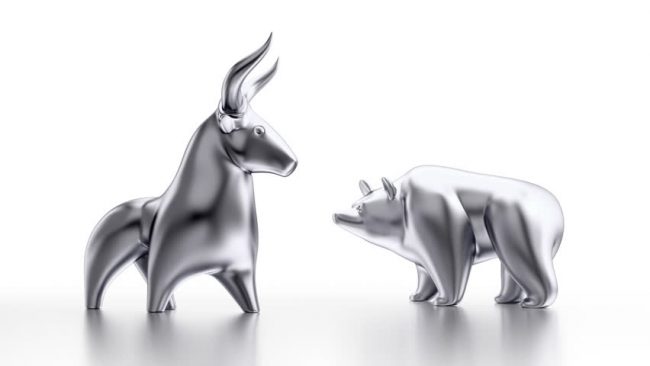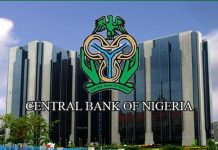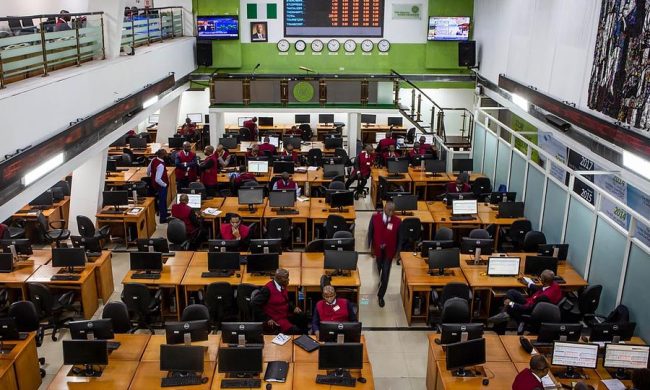World stocks on Wednesday, January 31, gained, pulling out of a two-day dive, as Boeing’s strong results and outlook revived enthusiasm over corporate profits, while the U.S. dollar was pressured ahead of the Federal Reserve’s first policy decision of the year.
A controversy-free State of the Union address from U.S. President Donald Trump had helped Asian bourses steady as bond markets also calmed after another round of selling had left U.S. Treasury yields at four-year highs.
Europe’s pan-regional STOXX 600 and Wall Street futures then followed with modest 0.1 and 0.3 percent gains to bolster the 5.6 percent jump MSCI’s 47-country ACWI index has made this month.
That puts it neck-and-neck with 2012’s fast start, after which only 1994’s 6.5 percent leap would be better.
“We can interpret the remarkable January performance as a spillover from 2017 — growth gathering pace, low inflation and low volatility, and that has accelerated the momentum,” said ABN Amro’s Chief Investment Officer Didier Duret.
“For me this is a prelude to the year where the equity market trend is not broken … there will be phases of people coming into the market and then correction phases as volatility spikes.”
A market gauge of that volatility — the VIX — perked up to its highest levels since August 2017 and has nearly doubled this month.
One of the big boosts for stocks though, especially in emerging markets which have seen the biggest gains, has been the weakness of the dollar.
It fell by a quarter of a percent again on Wednesday against a basket of other top currencies on course for its biggest monthly drop at 3.5 percent in nearly two years.
The day’s most eye-catching move was a 2-1/2 year low against China’s yuan of 6.3287. It has been the greenback’s heaviest monthly drop against the Chinese currency since 1994 having lost more that 3 percent.
Other Asian action saw the yen briefly slip when the Bank of Japan upped its medium-term government bond buys (JGBs) in a move seen as a warning shot against further rises in its bond yields and currency.
The dollar later pared its gains however and was last trading at 108.82 yen as it also backed off to $1.2445 to the euro and $1.4165 to the pound respectively.
In the opening weeks of 2018, Europe recorded the highest equity inflows across all major regions, adding to a strong 2017 which saw the region cornering over one-third of all global equity fund flows.
With U.S. growth humming and unemployment at a 17-year low rates markets are currently pricing in a little over 80 percent chance of another Fed rate hike in March and between two and three for the year as a whole.














